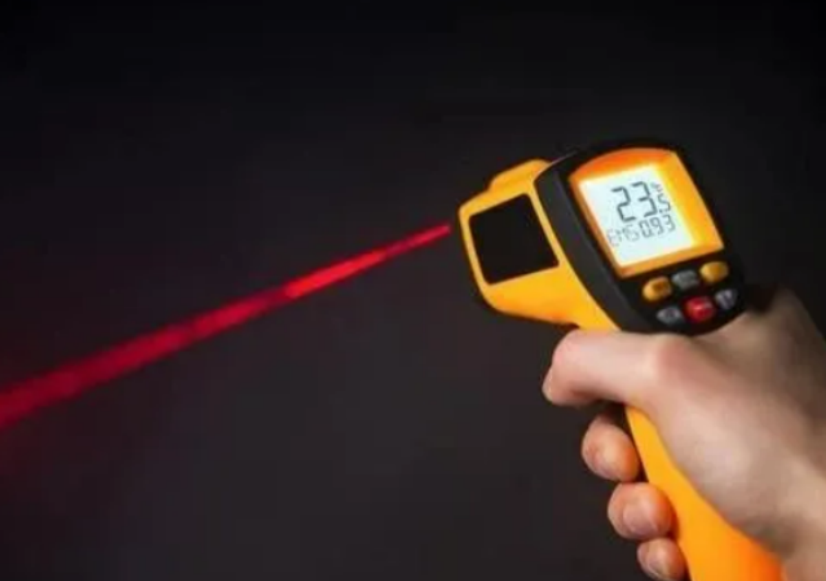
A temperature sensor is a device used to measure and record temperature. It is widely used in various industries and fields, such as industry, medical, consumer electronics, etc. In order to meet the needs of different applications, temperature sensors have a variety of specifications and parameters. The following are some common specifications of temperature sensors:

1. Temperature range
The temperature range refers to the lowest and highest temperatures that the sensor can measure. Different types of temperature sensors have different temperature ranges. For example:
Platinum thermal resistor (PT100/PT1000): The usual temperature measurement range is -200℃ to 850℃. Some specially designed PT100 sensors can measure a wider temperature range, such as -200℃ to 150℃ or -50℃ to 850℃.
Thermocouple sensor: The temperature range of common K-type thermocouples is -270℃ to 1800℃, while some special models may have a higher upper temperature limit, such as up to 2300℃.
Thermistor: The temperature range is usually smaller, such as around -50℃ to 200℃.
Digital temperature sensor: The temperature range varies, such as -55℃ to 125℃ or wider.
2. Accuracy
Accuracy is the error between the sensor reading and the actual temperature of the system. It determines the accuracy of the measurement. Here are some sensor accuracy parameters:
Platinum thermal resistor (PT100/PT1000): Accuracy can reach ±0.15℃.
Thermocouple sensor: Common accuracy is ±1.5℃.
Digital temperature sensor: Some models have an accuracy of ±0.5℃.
3. Response time
Response time refers to the time it takes for the sensor to change from the contact temperature to a stable output reading. This is critical for applications that require fast measurements. For example, thermistors usually have a faster response time due to their small size.
4. Output signal
The output signal of the sensor can be an analog signal or a digital signal. Analog signals usually represent temperature through changes in resistance (such as platinum thermal resistors) or changes in electromotive force (such as thermocouples). Digital sensors directly output digital signals, which are usually communicated through interfaces such as I2C and SPI.
5. Resolution
The resolution describes the smallest unit of temperature change that the sensor can detect. Digital temperature sensors usually have a higher resolution, such as 0.03125℃ or 0.0625℃.
6. Supply voltage and power consumption
The supply voltage and power consumption of the sensor are critical for embedded systems and battery-powered devices. Most digital temperature sensors have a supply voltage range of 2.7V to 5.5V, while some low-power models may operate at lower voltages, such as 1.4V.
7. Package type
The package type of the sensor affects its physical size, durability, and mounting method. Package types range from 8-pin SOIC to chip-scale package (CSP), where CSP is suitable for space-limited applications such as mobile phones.
8. Other parameters
Linearity: Indicates the linear relationship between sensor output and temperature.
Stability: The stability of sensor performance after long-term operation.
Interchangeability: The consistency of sensor performance in different environments.
In short, understanding the common specifications of temperature sensors can help choose the right sensor for a specific application. In practical applications, in addition to considering the above parameters, factors such as cost, reliability, and availability of the sensor should also be considered.
Share